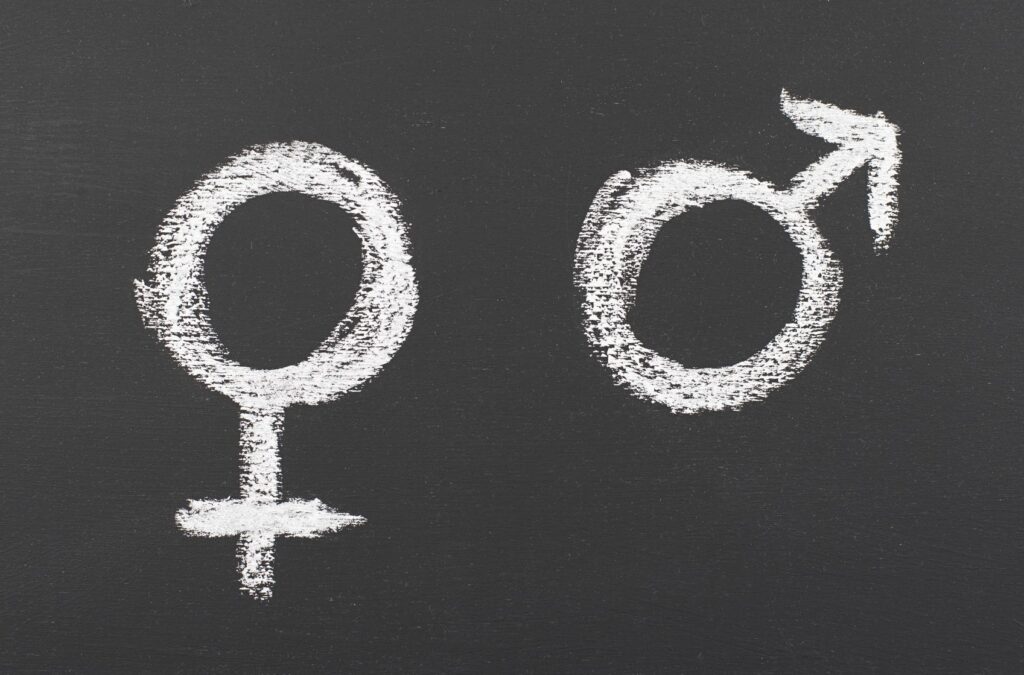Addiction is a disease that can affect people from every walk of life, but research has shown that there are slight discrepancies between men and women who enter recovery. Different genders have specific barriers that may prevent them from seeking treatment. Some obstacles are psychological while others are issues of practicality and logistics. By looking at rates of addiction between different genders, we are able to understand more clearly what drives people of each gender into substance use and what could prevent them from getting the help they need if they find themselves dealing with addiction.
Until fairly recently, addiction was always seen as something that primarily afflicted men. However, recent research has broadened its focus to look at the rates and differences of drug misuse between men and women. This has been able to advance women’s health measures and give scientists a more comprehensive look at how drug use affects men in relation to their female counterparts. This research is a vital part of the growth in our understanding of how this disease affects men and women differently, and how treatment protocols could address those changes. With crucial data and statistics being collected and analyzed, treatment facilities can work with medical professionals to create better, more effective options for people looking to overcome their addiction.
Gender and Drug Use
Looking at drug-related behavior in early adolescence, it seems that both sexes begin experimenting with drugs and alcohol around the same time, but many studies have shown that boys are more likely to engage in risky behavior, including drug use. In fact, young boys are twice as likely to start experimenting as young as age 12 with substances when compared to girls. There are even differences in the substances boys and girls experiment with:
- Studies show that 21.7% of girls aged 12-17 were admitted into treatment for alcohol compared to 10.5% of boys of the same age.
- For the same age group, 80.7% of boys in treatment were primarily using marijuana, whereas girls accounted for 60.8%.
- For those who were admitted for meth use, girls accounted for 4.2% whereas boys were a mere 1.3% as their primary drug choice.
Adult men are more likely to use different kinds of illicit drugs, and they most often end up in the emergency room due to illicit drug misuse or overdose. They also have higher rates of dependence on illicit drugs and alcohol than adult women. Women are just as likely as men to become addicted to substances, however, and are much more susceptible to cravings during the drug misuse phase that eventually could lead to addiction or relapse during recovery.
Men are two to three times more likely to misuse drugs than women, but research has shown that the cause of this may be due to opportunities rather than vulnerability. Data also shows that women tend to misuse alcohol, marijuana, opioids, and cocaine much more rapidly than men, escalating the addiction process from experimentation very quickly.
We know that mental health and addiction more often than not come together as a package called dual diagnosis. According to research, men tend to use substances in attempts to improve their moods as a coping mechanism when dealing with behavioral and social issues. Women, on the other hand, use drugs and alcohol as means of self-medication in attempts to handle emotional and psychological issues. Due to this, women are more at risk for developing an addiction to substances as a result of trauma, abuse, stress, or history of family drug abuse at home, all posing as potential triggers for relapse in recovery. It’s also interesting to note that most often, women are introduced to drugs via a close relationship like a boyfriend, spouse, or partner, and are more likely to use stimulant drugs to suppress their appetite as a means of weight loss.
Gender and Drug Treatment
When it comes to getting help for an addiction, men and women approach treatment differently. Men tend to be admitted into treatment by way of intervention from the criminal justice system or employer while women are often referred to treatment by social workers or employers. It can be concluded that most men enter treatment because they are forced to or do so to avoid negative consequences or jail time while women tend to seek out help for addiction-related issues and finally enter treatment. Women tend to face some unique barriers to getting help with their addiction because of being underinsured or not having insurance at all, but also because they cannot find adequate childcare. Also, many women tend to lack the social support to seek treatment because women tend to be seen as caregivers and nurturers and often face heavy stigma when they are dealing with a substance use disorder.
While most therapies in treatment were originally only tested on male subjects, it’s been shown that they are effective on both sexes. In fact, it’s been shown that women are often better equipped to handle a treatment environment with emphasis on therapy and dealing with underlying psychological issues. Women tend to have shorter relapse periods with higher willingness to re-enter treatment. When it comes to success rates in treatment, women are just as likely as men to complete their programs and have similar rates of abstinence during recovery. While some studies may push the idea that women tend to be more emotionally available to have greater success in treatment, both sexes can benefit greatly from continued group sessions and aftercare once treatment is completed.
Drug treatment is best when it’s customized for each individual seeking help. While statistics of drug use vary between genders, there shouldn’t be discrimination between the way women and men are treated for their substance use disorders. With comprehensive treatment options, people of all genders, even those who identify as non-binary or other, are able to focus on their recovery without any preconceived notions of their history or background solely based on their sex.
Sources:
https://www.samhsa.gov/data/sites/default/files/sr077-gender-differences-2014.pdf
https://www.ncbi.nlm.nih.gov/pmc/articles/PMC2235192/
www.cdc.gov/vitalsigns/prescriptionpainkilleroverdoses/index.html




